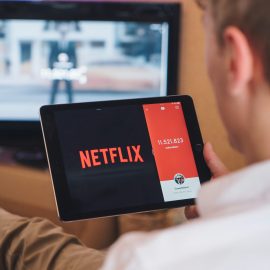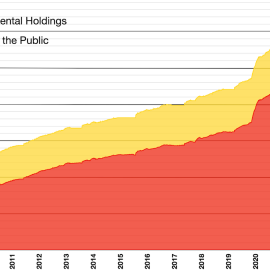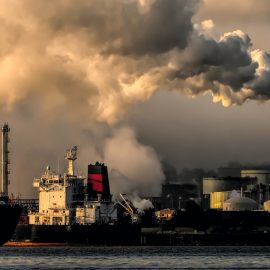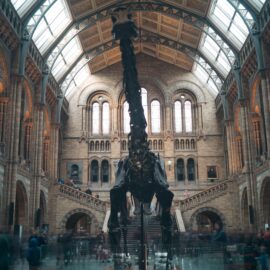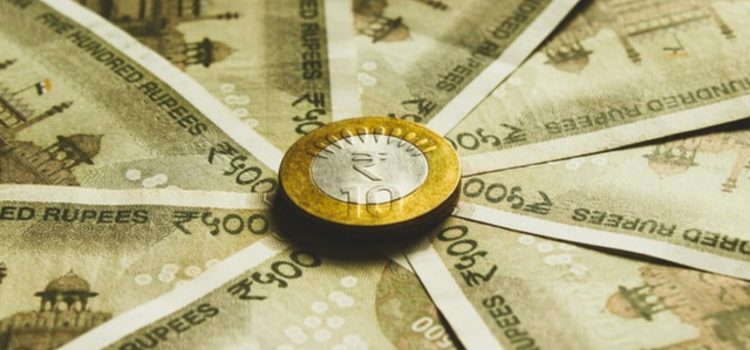
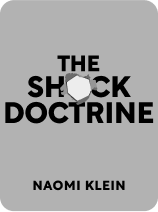
This article is an excerpt from the Shortform book guide to "The Shock Doctrine" by Naomi Klein. Shortform has the world's best summaries and analyses of books you should be reading.
Like this article? Sign up for a free trial here .
What is free-market capitalism? How are resources distributed in a free-market economy?
Free-market capitalism is an economic system where factors of production are controlled by private entities (individuals and firms) with little to no government intervention. Firms charge the highest price consumers are willing to pay and workers earn the highest wages firms are willing to pay for their labor. In a free-market capitalist economy, firms are motivated to operate as efficiently as possible to keep their market share.
In this article, we’ll discuss the ideology of free-market capitalism and what happens when it’s realized in practice.
The Advent of Free-Market Capitalism
What is free-market capitalism? Free-market capitalism is an economic system where the forces of supply and demand regulate production, prices, and labor with little or no state intervention.
Free-market capitalism got its start in the University of Chicago’s Economics Department in the 1950s, under Milton Friedman. He maintained that in an unregulated economy, the natural economic forces of supply and demand naturally balance one another perfectly, leading to an ideal market wherein products are perfectly priced, everyone who wants to work can find a job, and inflation doesn’t exist. He believed that all economic problems are due to government interference in an otherwise perfect system.
According to the Chicago School of Economics, any problems that arise must be because the market isn’t really free, and the solution must be to remove all regulations and interference.
In short, Friedman’s version of capitalism was more like religious fundamentalism than science. Furthermore, like religious fundamentalists, his greatest enemies weren’t the fundamentalists of other “religions” like Marxism. Rather, he despised those who sought a mix of capitalism and government intervention, such as social democrats or Keynesians.
Extreme Free-Market Capitalism in Action
The first testing ground for Friedman’s free-market capitalism orthodoxy was Chile. The Chicago School of Economics—with the backing of the US government—trained Chilean economists in Milton Friedman’s free-market philosophy so they could build a new economic system back in Chile based on Chicago School ideals.
With the backing of president Pinochet, the Chicago School-trained economists implemented extreme free-market policies. They replaced the public school system with charter schools and vouchers, eliminated public health care, and privatized cemeteries, kindergartens, and even the social security program. Chile became a model for free-market economists the world over, who had previously only seen their ideals printed in textbooks.
In 1982 Chile faced total economic collapse. Free-market capitalism had put all of Chile’s assets in the hands of speculators and financial institutions, who’d proceeded to run up a massive $14 billion debt. Inflation ran rampant, and unemployment climbed to a crushing 30%.
In order to save his country, Pinochet had to do what Allende had done years before: Nationalize major industries and put a firm hand on the economy. Furthermore, following the shock therapy debacle, nearly all of the Chicago-trained economists lost their government posts, and several were investigated for fraud.
Nonetheless, after Pinochet died in 2006, many publications—including the New York Times and the Washington Post—praised his free-market policies and the economic miracle they’d created. None of those publications seemed to realize that the “miracle” hadn’t happened until he abandoned Friedman’s economic theories.

———End of Preview———
Like what you just read? Read the rest of the world's best book summary and analysis of Naomi Klein's "The Shock Doctrine" at Shortform .
Here's what you'll find in our full The Shock Doctrine summary :
- A study of the history of economic shock therapy
- How economic shock therapy gave rise to the disaster capitalism complex
- How communities are beginning to recover from the destructive shock treatments

